Major Grid Tie Solar System Components
Major Grid Tie Solar System Components
If you are new to solar energy, you may be unsure about where to start. Becoming familiar with the major grid tie solar system components can help you feel more confident when speaking with an installer or product retailer.
Solar Panels
The most visible and commonly known piece of equipment in a solar system, solar panels absorb solar energy from the sun and convert it to DC (direct current) power. These are referred to as photovoltaic or PV solar – which means that it creates electricity from light. This differentiates it from solar thermal or solar hot water products.
Each solar panel produces a specific amount of energy, so most solar electric systems consist of multiple solar panels interconnected together in “strings”. This is called a solar array. The wattage and number of panels that you need depends on your power consumption, geographic location and your goals for going solar.
Solar Panel Mounts (Solar Racking)
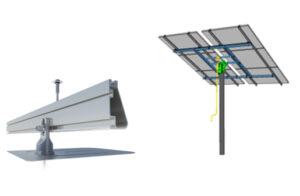 To keep the solar panels stable, safe, and pointed in the right direction, the solar panels are secured to mounting or racking. These anchoring systems are important to provide proper directional orientation, maximize production, and to provide the stability needed to protect your investment from any strong weather. Solar panels can be mounted on the roof of a home, which requires a roof-racking system, on a pole (called a pole-mount), or on the ground, where there are various methods and equipment that can be used to safely secure them in place.
To keep the solar panels stable, safe, and pointed in the right direction, the solar panels are secured to mounting or racking. These anchoring systems are important to provide proper directional orientation, maximize production, and to provide the stability needed to protect your investment from any strong weather. Solar panels can be mounted on the roof of a home, which requires a roof-racking system, on a pole (called a pole-mount), or on the ground, where there are various methods and equipment that can be used to safely secure them in place.
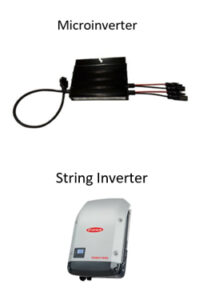
Solar Power Inverter
In the US we use AC (alternating current) power in our homes and businesses. Solar panels produce DC (direct current) power. Because of this difference you will need a power inverter to convert the DC power from your solar panels into AC power for your use.
This may be a single large piece of equipment, typically known as a string inverter, which converts the power from your entire solar array, or a group of “microinverters” which convert the power from one or two solar panels as it is produced and then sends the power into your electrical system. There are advantages to both kinds; ask us about what kind of inverter is appropriate for your project!
DC Disconnect
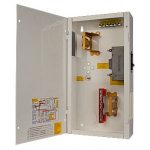
As with all electrical equipment, you need a safe way to turn off the electrical current to do maintenance, inspect components, or make repairs. Your DC disconnect safely shuts down your solar power system at a moment’s notice. This is a manual disconnect that will stop power flow throughout your system, making it safe for the needed work to be done. This should be clearly labeled so that it is easily identifiable by technicians, other maintenance workers and you.
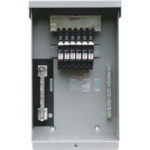 Combiner or Junction Box
Combiner or Junction Box
This box gathers all of the necessary electrical connections at one location, providing a neat, clean looking installation. This is usually placed near your main panel to provide easy access.
Rapid Shutdown Device
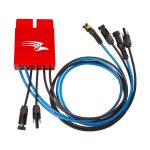 This provides for quick, safe shutdown of the electricity flowing from your solar array at ground level, in the event of fire or other emergency where responders need to safely access your roof. Rapid shutdown is a requirement for all NEC (national electric code) compliant systems. This is a purely safety-oriented device and frequently is not used, however it is vital in the case of emergency. Rapid shutdown is not required for ground or pole mounted arrays.
This provides for quick, safe shutdown of the electricity flowing from your solar array at ground level, in the event of fire or other emergency where responders need to safely access your roof. Rapid shutdown is a requirement for all NEC (national electric code) compliant systems. This is a purely safety-oriented device and frequently is not used, however it is vital in the case of emergency. Rapid shutdown is not required for ground or pole mounted arrays.
Conduit
Electrical conduit is a tube of material used to protect and route the wiring the wiring needed to connect the various parts of a solar system. There are various materials that can be used – Fire Mountain Solar prefers rigid tubing over flexible tubing for maximum durability and long-term protection and performance.
The above items are the main components you’ll need in a grid-tie solar system, excluding the standard electrical wire used for all electrical projects. However, because our renewable energy solutions are customized to each specific location and client, we may suggest additional products that will help you meet your goals.
